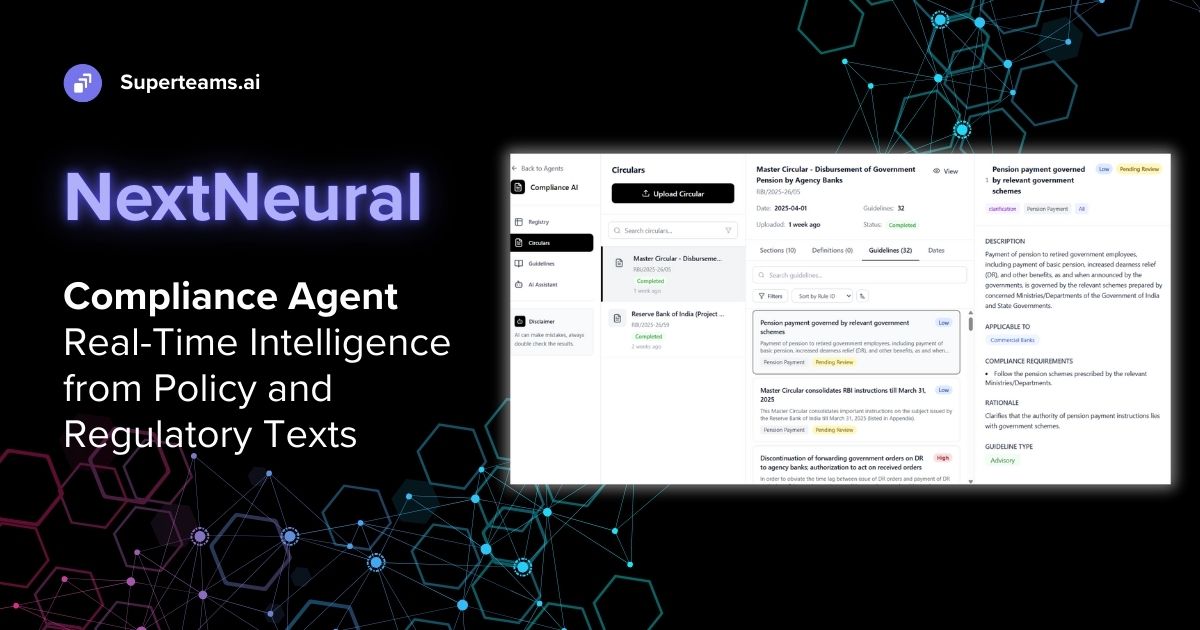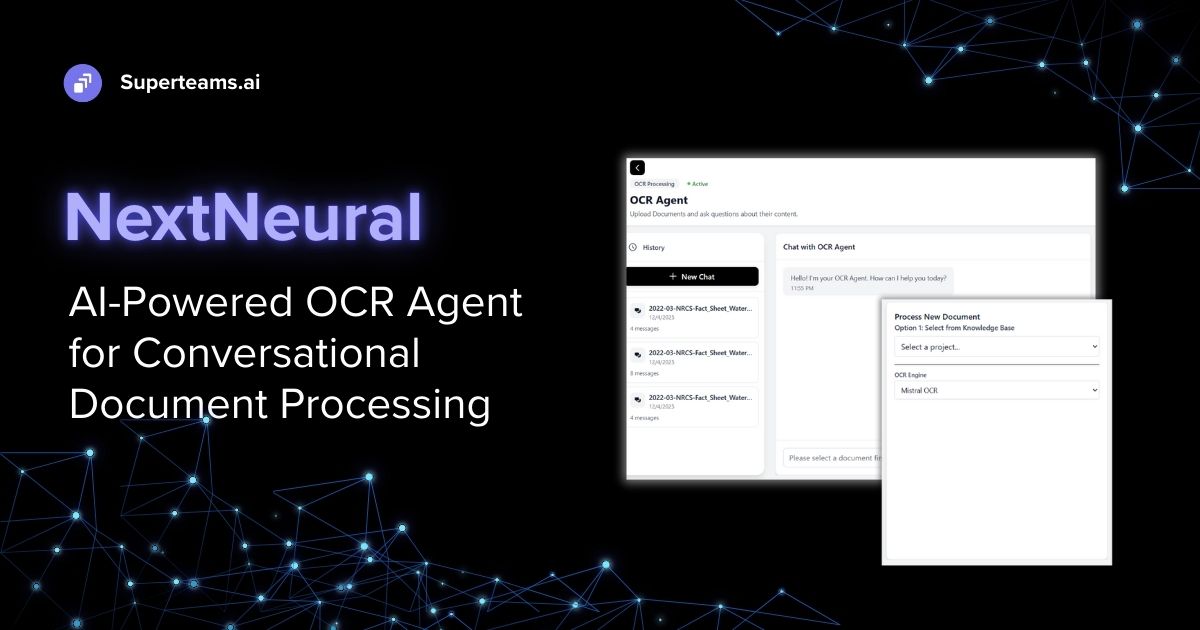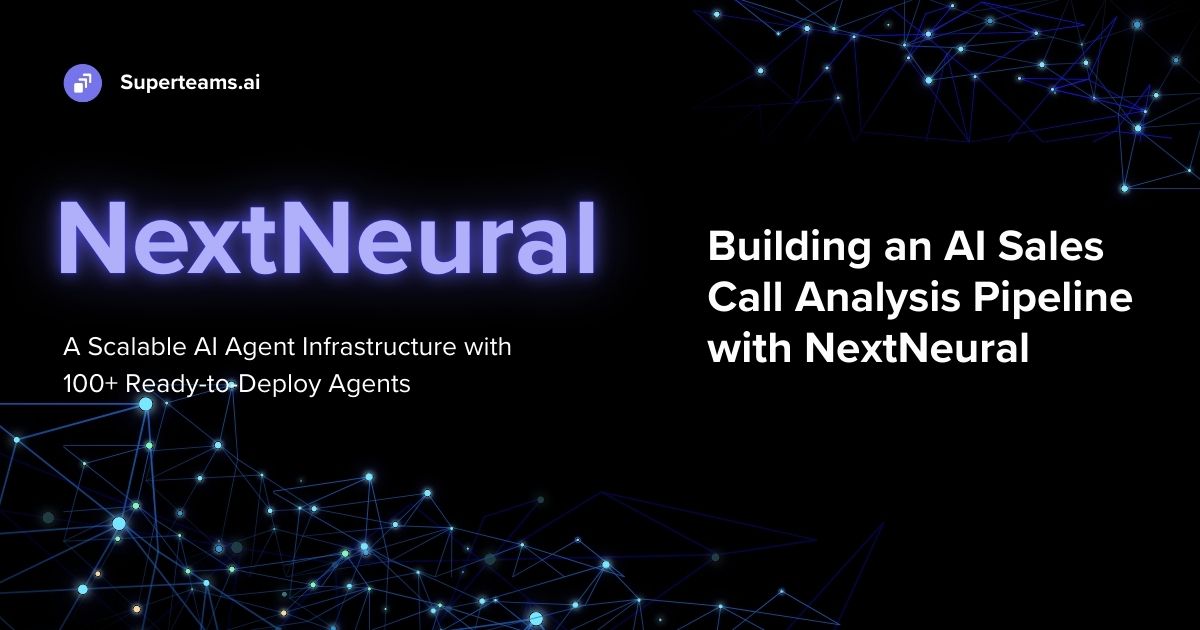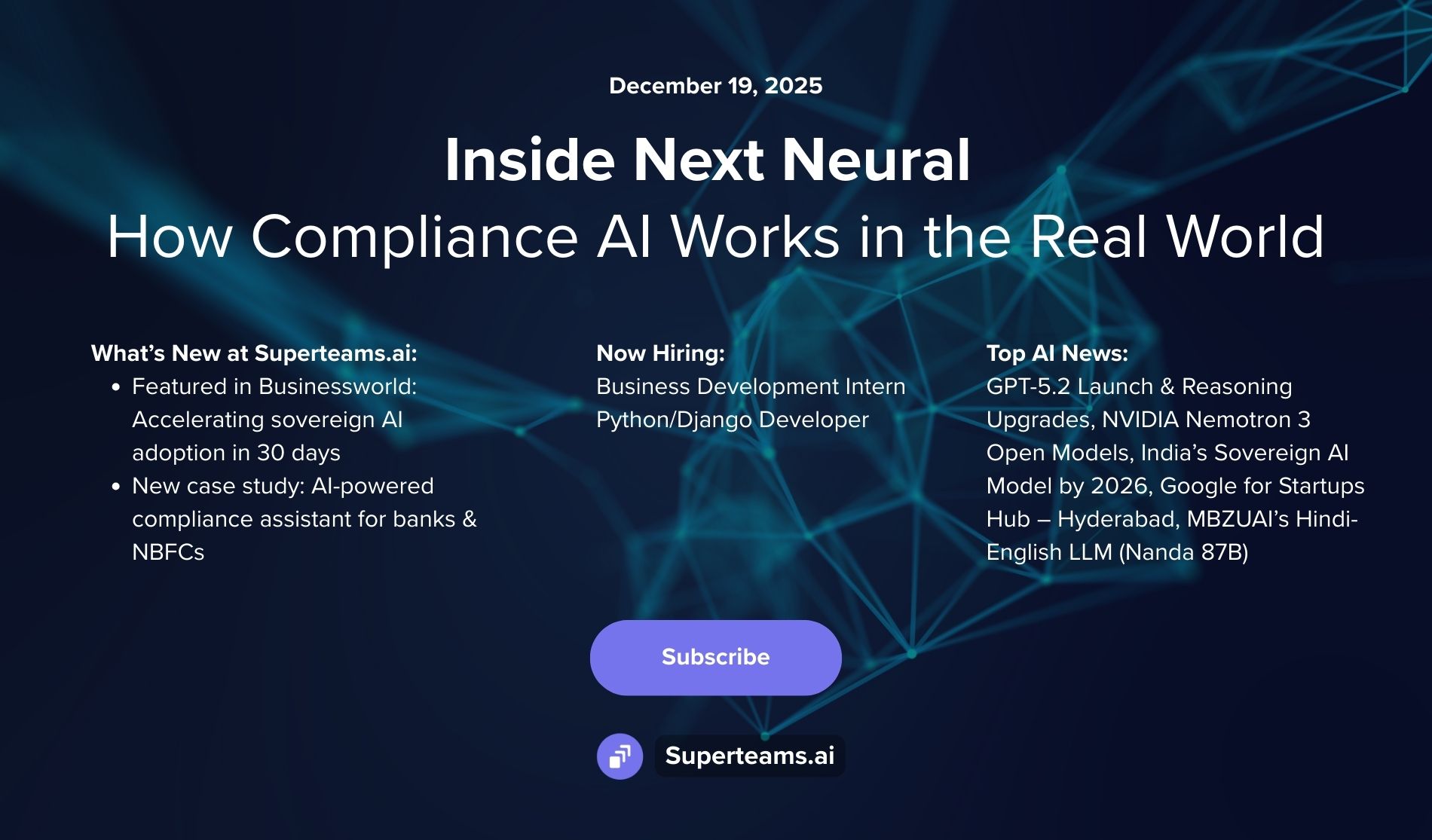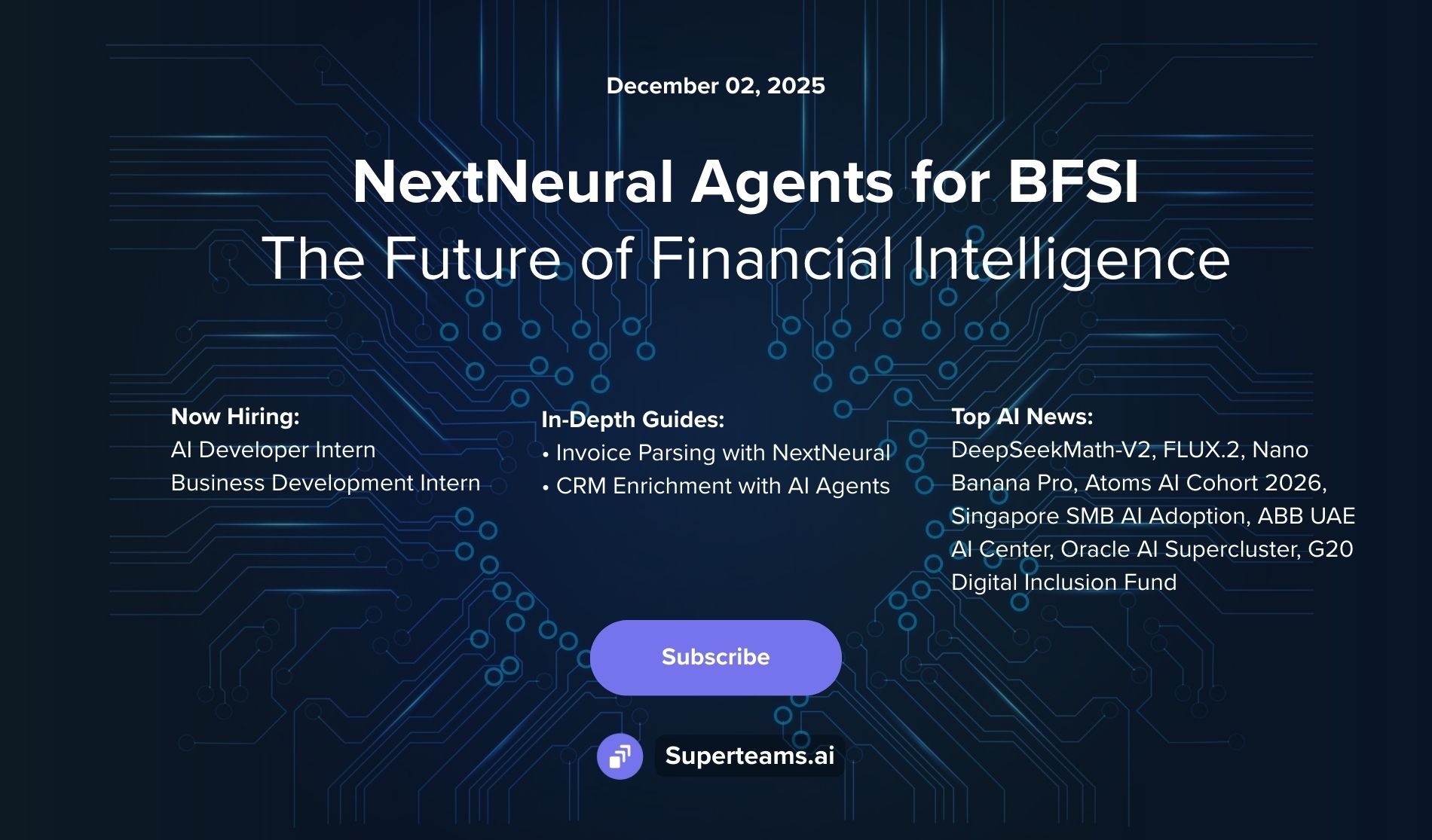7 Types of Content Every CleanTech Company Must Create
Green AI, biotech, renewables, EV, circular economy - deeply researched, gripping visual & text content on these subjects can change mindsets and buying behaviour. Learn more in this blog.

Global investment in the low-carbon energy transition summed up to a staggering $1.1 trillion in 2022, covering renewable energy, energy storage, electrified transport, electrified heat, carbon capture and storage, hydrogen and sustainable materials. The surge in VC investments in the sector is led by the US, China, EU and India.
For CleanTech businesses looking to trigger large-scale sustainability transformations using technological innovation, a sound content strategy is essential. For it takes clear and meaningful communication to implement a CleanTech solution and effectively explain its benefits. CleanTech is often complex or completely different from what your audience is used to, so effective smart content can make all the difference.
What does your content need to convey? Your content has to demonstrate how unique your value proposition is, how it works, and why your customers would be missing out on a fantastic opportunity if they pass it up. The content should educate your audience about your solution and be a reliable source of information for potential leads to navigate your potentially complex technology.
Your content is also how you communicate your backstory, your vision, your team constitution, and all of the effort that you’ve put behind your company.
The Fundamentals of CleanTech Content Strategy
So what are the primary things to look out for when you’re creating your CleanTech content strategy?
Brand Identity
First, you need a cohesive brand identity.
As a CleanTech company, one of your main purposes is to provide sustainable technology solutions to companies / individuals seeking greener solutions. So your brand identity needs to be aligned with an emphasis on sustainability.
Your content needs to signal this connection between your software and the green cause; the layout and design of your website and the blog content you produce, for example, are all signposts of your role in the climate movement.
Company’s Value Proposition
It’s important to use your content to clearly demonstrate the benefits specific to your CleanTech solution for your audience. These may include financial benefits – how can your product / service save them money and let them support the environment? – or operational benefits, such as using sustainable products or services doesn’t require more effort from them (or may even be easier!).
At the heart of every CleanTech business is the drive to eliminate the climate crisis, so convince your audience that your solution is exactly the way to get there.
Communication Style
Be transparent with your audience about the ways your technology solution can help your customers achieve a higher sustainability status, and why that’s important. You also need to guide potential leads in all stages of the buyer’s journey, showing them how you can help them act sustainably.
Offering transparency about your startup’s path, its mission, and how you aim to contribute to the climate cause will build trust and credibility.
Commitment to Sustainability
Use content to outline how you’re striving for a more sustainable future, both with the solution you’re offering and the operation of your business itself. If you want your customers to trust that you can implement sustainable practices in their company, you have to offer them some evidence of your own practice.
Building a Community with Content
Sustainability is an incredibly important and, for many, a highly personal cause. As a CleanTech business, you’re part of an important movement towards a more sustainable world. If you build a community around it, it will only mean better business.
Now let’s discuss 7 different kinds of content you can leverage that’s specific to your industry:
#Strategy 1: Website Content, Blog Posts, Whitepapers & Thought Leadership Articles
Any new technology needs explanations, especially if yours is cutting-edge. Educational blog posts, whitepapers and thought leadership articles can all contribute to your brand visibility and build trust in your solution.
A great example of a company using their website and blogs to build their brand and exactly explain their radically innovative technology is Apeel Sciences (https://www.apeel.com/). Apeel has come up with an innovative way to eliminate single-use shrink wrap plastic packaging on fresh fruit and vegetables while making the produce tastier. On their website, they speak about impact, product safety, strengthening supply chain, offer interviews with founders, and much more.
#Strategy 2: Case Studies Highlighting Your Customers
Case studies offer an analysis of your product while serving as a great PR tool. Use case studies wisely to showcase your solution. You can read the case study on PricewaterhouseCoopers’s commitment to reducing greenhouse gas emissions here: https://www.scotlandis.com/wp-content/uploads/2021/03/PwC-Case-Study.pdf.
#Strategy 3: Explainer Videos & Live Events
At the time of writing this article, 10 July 2022, Tesla CEO Elon Musk is launching on the YouTube channel Tesla Live a demo of the much awaited Tesla Cybertruck, a battery operated electric light-duty truck which Musk drives himself and is all set to hit the roads with. You can see it here - Tesla's Model 3 2024 Reveal with CEO Elon Musk!
Live events as well as recorded videos are a great way of explaining your vision and launching new solutions.
#Strategy 4: User Generated Content from Community Members
For a CleanTech company, community is king. Let your customers spread your message.
Gather testimonials, reels and other content from them, which will augment your brand value. Both your website and social media handles can serve as powerful marketing channels for this activity.
#Strategy 5: Collaborations with Sustainability Influencers
Influencer marketing was a global $16.4 billion industry in 2022 and it’s estimated to reach over $84.89 billion by 2028. Use influencers to your advantage for a guerrilla marketing strategy.
Choose your influencer wisely - do you have shared values with them? Does the influencer’s public image / content reflect your mission? This decision will help you create authentic content while leveraging the pull of the celeb.
#Strategy 6: Carbon Footprint Calculators & Other Interactive Tools
A carbon footprint calculator is a useful tool to assess your company's impact on the environment. Interactive tools will allow your users to assess their own carbon footprint, energy savings, or environmental impact. These tools can be fun and engaging.
Check out Green AI Cloud’s use of the calculator here: https://greenai.cloud/. With the tagline ‘Twice the speed of Nvidia A100 at half the price!’ they integrate technology and sustainability into a unified ecosystem. Their cloud solution saves approximately 8-10 tonnes of CO2 emissions for every AI model processed on their cloud service. This way, their AI and ML processes help reduce the total CO2 footprint.
#Strategy 7: Climate News & Sustainability Reports
Publishing regular sustainability reports and updates that showcase your company's commitment to transparency, environmental stewardship, and social responsibility can help with visibility and trust.
See an example whitepaper here - https://www.orchid.black/articles-path/white-paper-clean-tech-electrifies-the-future
You can also dip into ITC’s sustainability report on achieving plastic neutrality here - https://www.itcportal.com/about-itc/shareholder-value/annual-reports/itc-annual-report-2022/pdf/consolidated-business-responsibility-and-sustainability-report.pdf
To summarise - CleanTech companies are at the cutting-edge of both technology and public sentiment. And they are the favourites of angels and venture capitalists at the moment, seeing meteoric growth in investments year on year. As the world reels from wars and drastic weather pattern changes, CleanTech companies can use content to highlight the value of their contribution and bring about seismic changes in both mindsets and buying patterns.
We at Superteams.ai are committed to sustainability and are collaborating with content creators and cleantech companies to produce deeply researched content on green AI, biotech, renewables, EV, and more. Write to us at info@superteams.ai.


